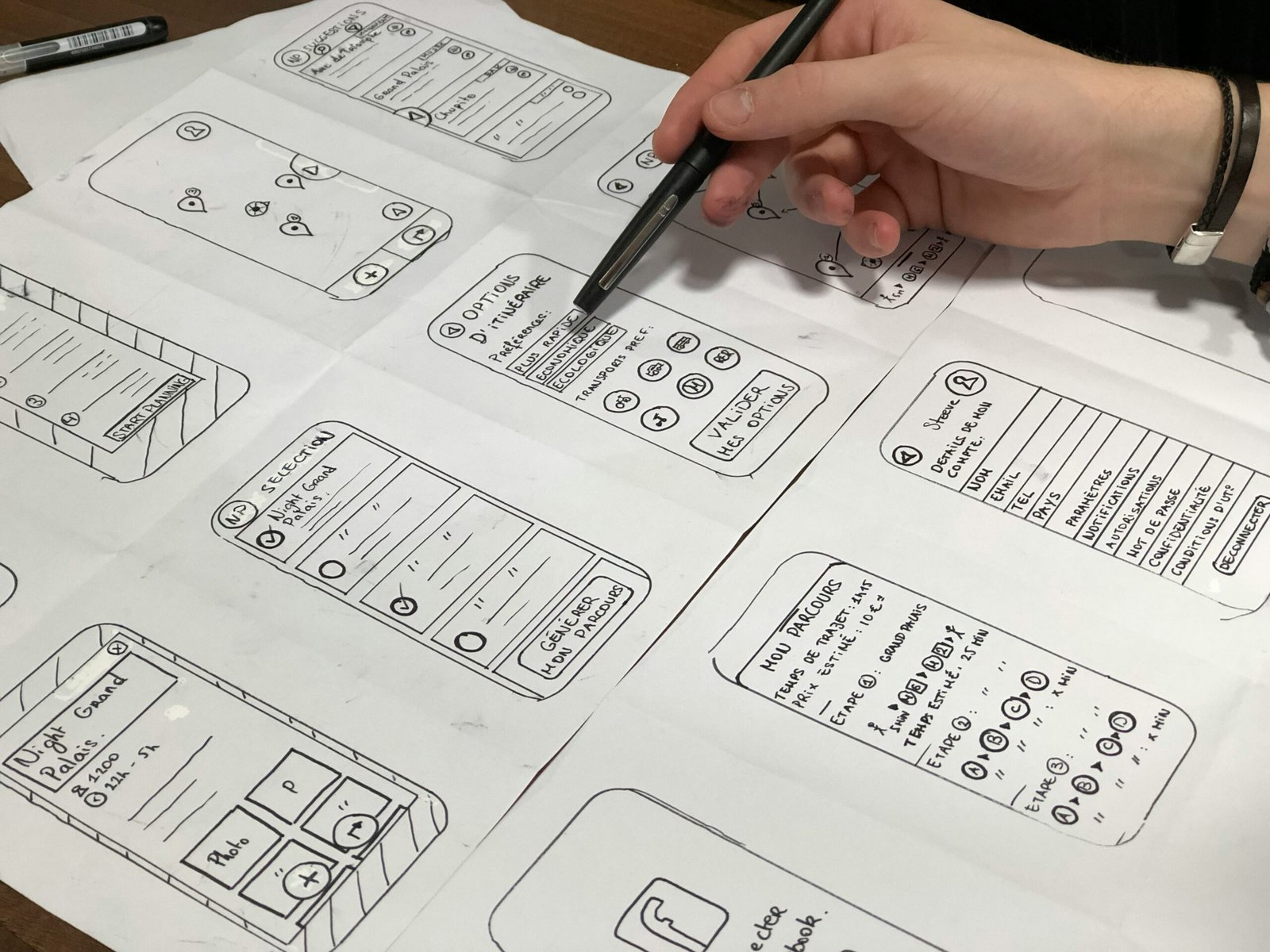In recent years, there has been a growing interest in promoting civic engagement and encouraging citizens to actively participate in the decision-making processes that affect their communities. Citizen participation apps have emerged as a powerful tool in this endeavor, allowing individuals to voice their opinions, contribute ideas, and collaborate with others to bring about positive change. However, the success of these apps largely depends on their user interface (UI) and user experience (UX) design. In this article, we will explore some UI/UX innovations that can enhance civic engagement and make citizen participation apps more effective.
1. Intuitive and User-Friendly Design:
One of the key aspects of a successful citizen participation app is its ease of use. The UI should be intuitive, allowing users to navigate the app effortlessly and find the information they need. Clear and concise labeling, logical organization of features, and a visually appealing design can greatly enhance the user experience. By incorporating user-friendly design principles, citizen participation apps can attract and retain a larger user base.
2. Personalized User Profiles:
To encourage active participation, citizen participation apps can incorporate personalized user profiles. These profiles can allow users to create a unique identity, showcase their interests and expertise, and connect with like-minded individuals. By providing a platform for users to express themselves and build relationships, citizen participation apps can foster a sense of community and encourage continued engagement.
3. Gamification Elements:
Introducing gamification elements can make citizen participation apps more engaging and enjoyable. By incorporating features such as leaderboards, badges, and rewards, users can be motivated to participate more frequently and compete with others. Gamification not only adds an element of fun but also encourages users to explore different features of the app and contribute actively to the community.
4. Real-Time Notifications:
Keeping users informed about the latest updates and developments is crucial for maintaining their interest and engagement. Citizen participation apps can leverage real-time notifications to alert users about new discussions, upcoming events, or important announcements. By providing timely and relevant information, these notifications can prompt users to take immediate action and participate in ongoing conversations.
5. Interactive Feedback Mechanisms:
Citizen participation apps should provide users with interactive feedback mechanisms to ensure that their voices are heard and their opinions are valued. Features such as surveys, polls, and comment sections can enable users to express their thoughts, provide feedback, and engage in meaningful discussions. By actively soliciting user input, citizen participation apps can create a sense of ownership and empower citizens to contribute to decision-making processes.
6. Accessibility and Inclusivity:
To ensure that citizen participation apps are accessible to a wide range of users, it is essential to prioritize inclusivity in UI/UX design. App developers should consider the needs of individuals with disabilities, language barriers, and varying levels of technological literacy. Incorporating features such as text-to-speech functionality, language translation options, and clear instructions can make citizen participation apps more inclusive and enable greater participation from diverse communities.
7. Data Visualization:
Presenting complex data in a visually appealing and easily understandable format can greatly enhance user engagement. Citizen participation apps can leverage data visualization techniques to present information such as survey results, demographic data, or the impact of citizen input in a visually compelling manner. By making data more accessible and digestible, these visualizations can empower users to make informed decisions and understand the impact of their participation.
In conclusion, enhancing civic engagement through citizen participation apps requires careful attention to UI/UX design. By incorporating intuitive and user-friendly interfaces, personalized user profiles, gamification elements, real-time notifications, interactive feedback mechanisms, accessibility features, and data visualization techniques, these apps can create a more engaging and inclusive platform for citizen participation. By leveraging these UI/UX innovations, we can empower citizens to actively contribute to decision-making processes and create positive change in their communities.












Leave a Reply